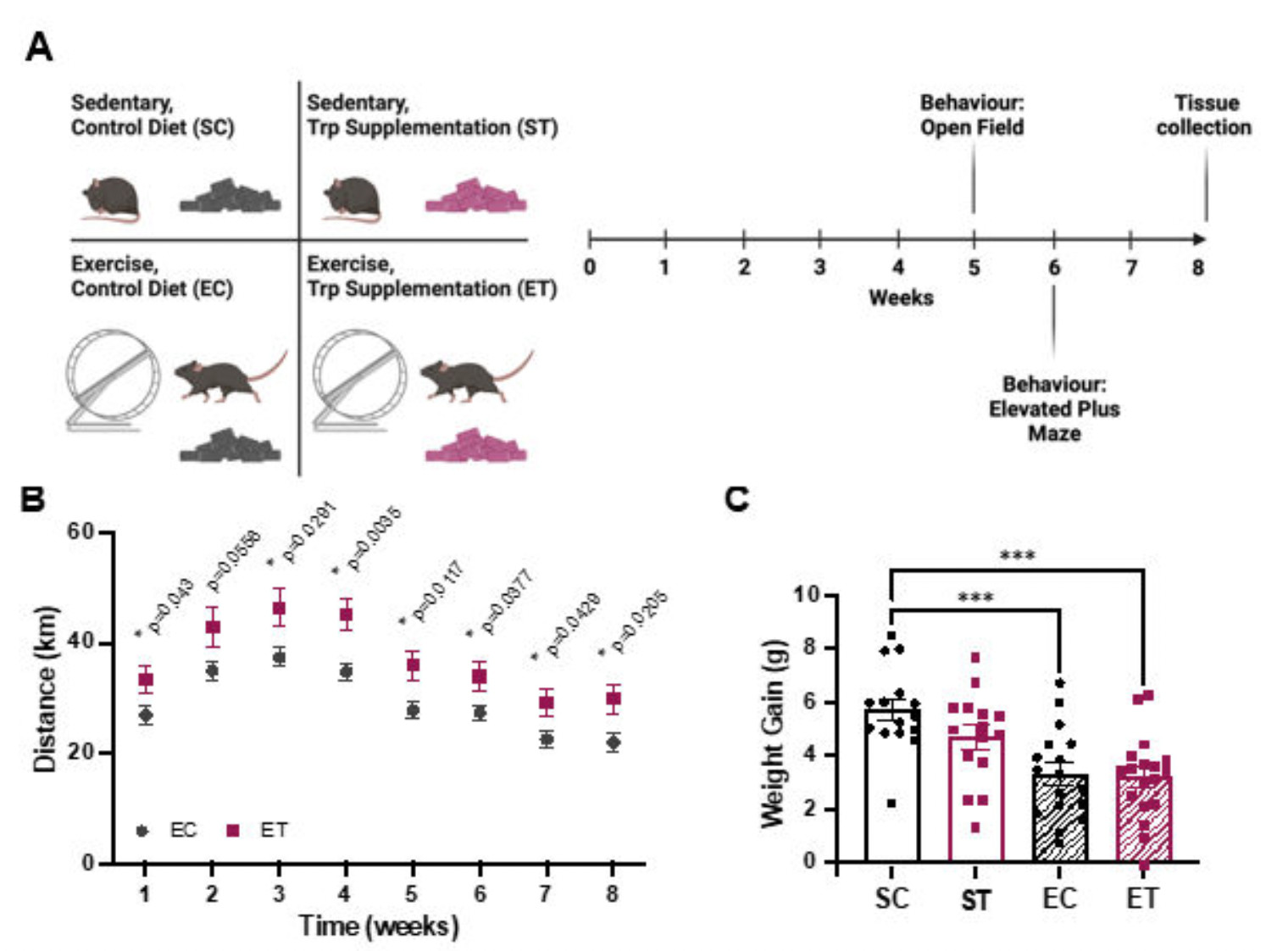What's in your protein shake? Is it all gain and no caveat?

Have you recently started working out? Maybe taking some protein powder to help your gains? Have you ever thought about what exactly is in that shake? Protein shakes are composed mostly of amino-acid blends (the building blocks for proteins) but their specific composition changes from brand to brand. There are about 22 different amino-acids of which 9 are essential, meaning the human body cannot produce them and they need to come from diet. Of these, I am specifically interested in Tryptophan. Tryptophan, apart from being used for protein synthesis, is also the precursor of a lot of other bioactive molecules in our body. I am sure you have heard of Serotonin (the “happiness” neurotransmitter) or Melatonin (that supplement you take to help you sleep). All these come from Tryptophan. But actually, the majority of it is metabolized in what we call “Kynurenines pathway of tryptophan degradation”. What a mouthful, huh? In this pathway, there are molecules that also affect the body in different ways – pro-inflammatory, anti-inflammatory, some have been linked to cancer or stress induced depression. So what happens to the Tryptophan in your shake? Does it tilt to the dark side or the light side? Or is it still within a range that your body can deal with it just fine, and what happens is nothing at all? This is what I want to find out!
Effects of Tryptophan Supplementation and Exercise on the Fate of Kynurenine Metabolites in Mice and Humans
Paula Valente-Silva, Igor Cervenka, Duarte M S Ferreira, Jorge C Correia, Sebastian Edman, Oscar Horwath, Benjamin Heng, Sharron Chow, Kelly R Jacobs, Gilles J Guillemin, Eva Blomstrand, Jorge L Ruas
Metabolites . 2021 Aug 3;11(8):508.




